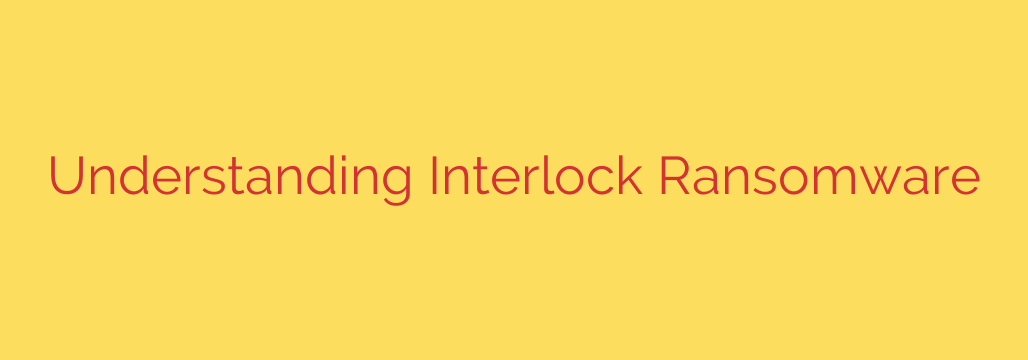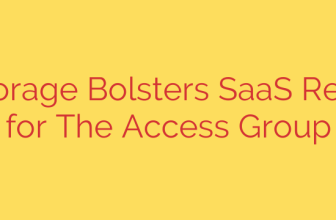
Ransomware threats are a constant and evolving danger in the digital landscape. Among the many variants, understanding specific types like Interlock ransomware is crucial for protecting your systems and data. This type of malicious software falls under the category of crypto-ransomware, meaning its primary function is to encrypt files on a victim’s computer or network, rendering them inaccessible.
The typical attack flow involves gaining unauthorized access to a system, often through phishing emails, vulnerable software, or malicious downloads. Once inside, Interlock ransomware quickly spreads and identifies valuable files – documents, photos, databases, and more. It then uses a strong encryption algorithm to lock these files. The attackers leave a ransom note, usually a text file on the desktop or within affected folders, explaining what has happened and demanding a ransom payment, typically in cryptocurrency like Bitcoin, in exchange for a decryption key.
The impact of an Interlock ransomware attack can be devastating for individuals and businesses alike. Victims face significant data loss, operational disruption, financial costs related to recovery or potential ransom payment, and reputational damage. Even if a ransom is paid, there is no guarantee that the attackers will provide a working decryption key, or that they won’t demand more money later. Paying the ransom also fuels the criminal enterprise, encouraging more attacks.
Prevention is the most effective strategy against Interlock and similar ransomware threats. This involves implementing multiple layers of cybersecurity defenses. Key steps include:
- Regular Data Backups: Maintain offline backups of your critical data. This is perhaps the single most important defense. If infected, you can wipe the system and restore your data without needing the decryption key.
- Keep Software Updated: Patching operating systems, applications, and security software regularly closes known vulnerabilities that ransomware often exploits.
- Use Robust Antivirus and Anti-Malware Software: Ensure your security software is up-to-date and actively monitoring for threats.
- Implement Email Security Measures: Use spam filters, email authentication, and user education to reduce the risk of phishing attacks.
- Exercise Caution with Downloads and Links: Be wary of unsolicited attachments and links in emails or on unfamiliar websites. Never enable macros in documents from untrusted sources.
- Network Segmentation: Dividing your network can help contain a ransomware infection, preventing it from spreading rapidly to all systems.
- User Education: Train employees and users about the risks of ransomware and best practices for avoiding infection.
If you discover your system has been infected by Interlock or any ransomware, here’s what you should do:
- Isolate the Infected System: Immediately disconnect it from the network (both wired and wireless) to prevent the ransomware from spreading.
- Do Not Pay the Ransom: As mentioned, there’s no guarantee of recovery, and paying supports cybercriminals.
- Report the Incident: Contact relevant authorities, such as law enforcement or cybersecurity incident response teams.
- Seek Expert Help: Consult with cybersecurity professionals who have experience dealing with ransomware incidents.
- Assess Your Recovery Options: Determine if you can restore from clean backups. This is the safest and most reliable recovery method.
Understanding threats like Interlock ransomware highlights the critical need for proactive cybersecurity measures. By focusing on prevention, preparedness, and smart response strategies, you can significantly reduce the risk and impact of a ransomware attack. Protecting your data requires vigilance and a strong security posture.
Source: https://www.tripwire.com/state-of-security/interlock-ransomware-what-you-need-know








